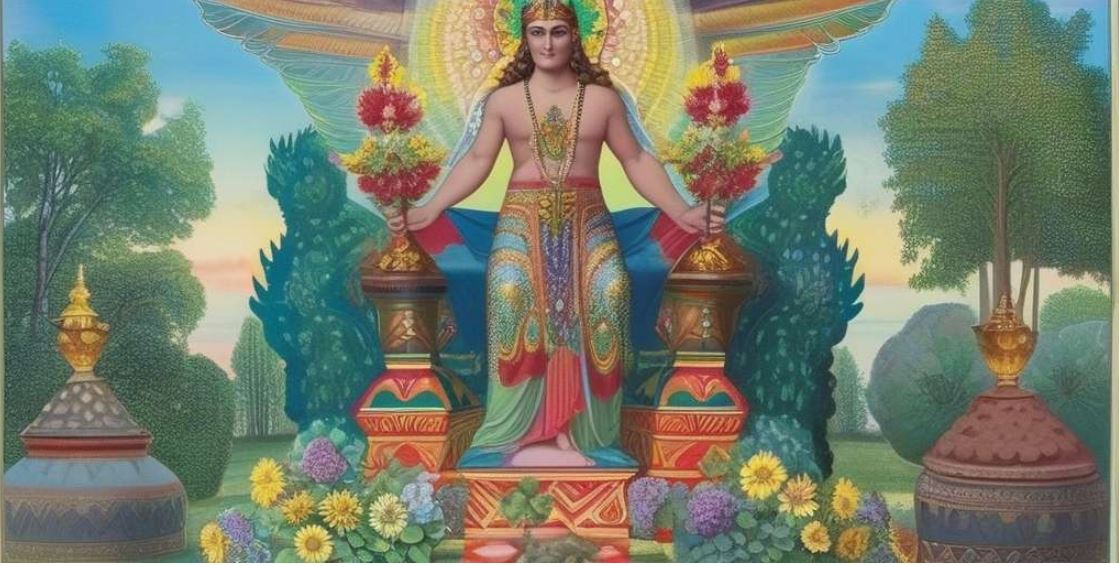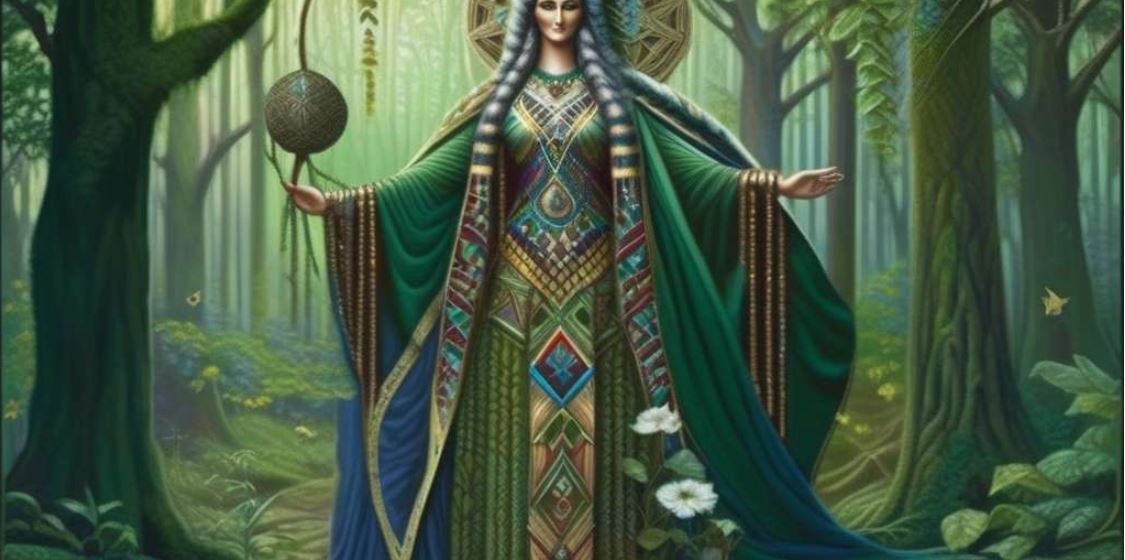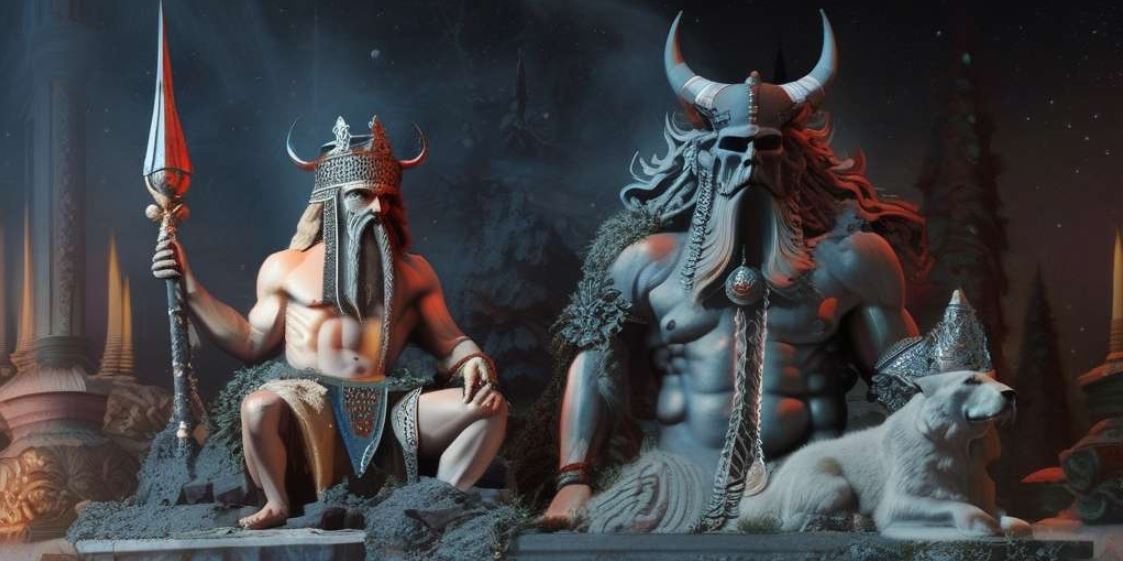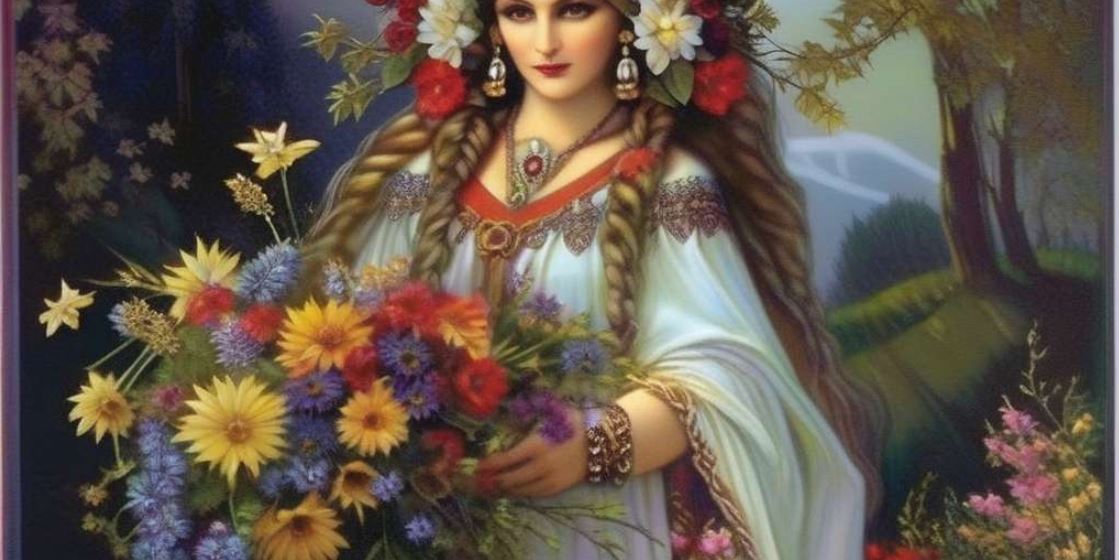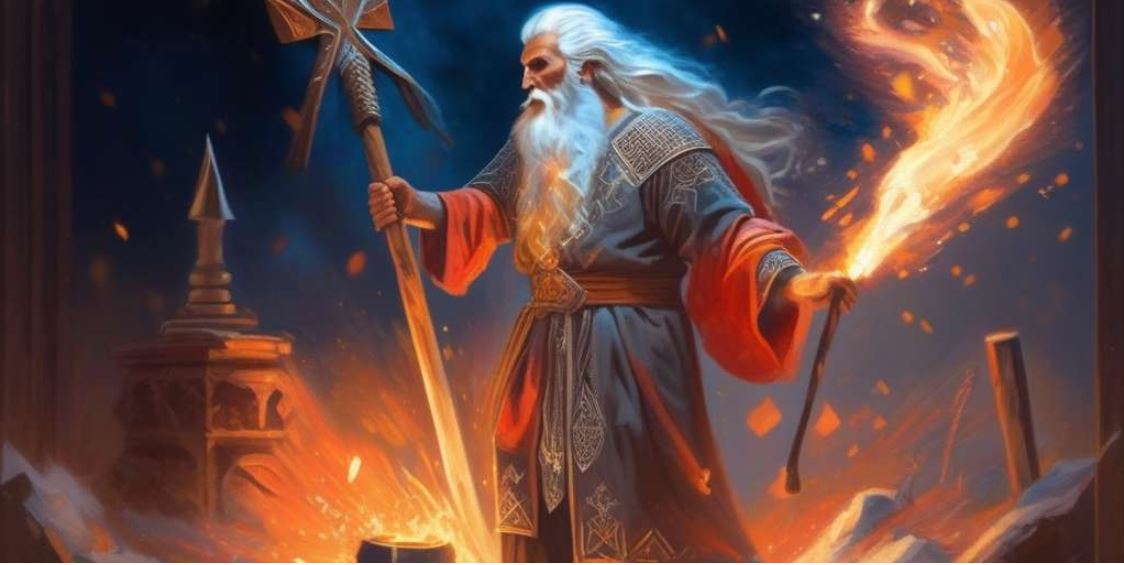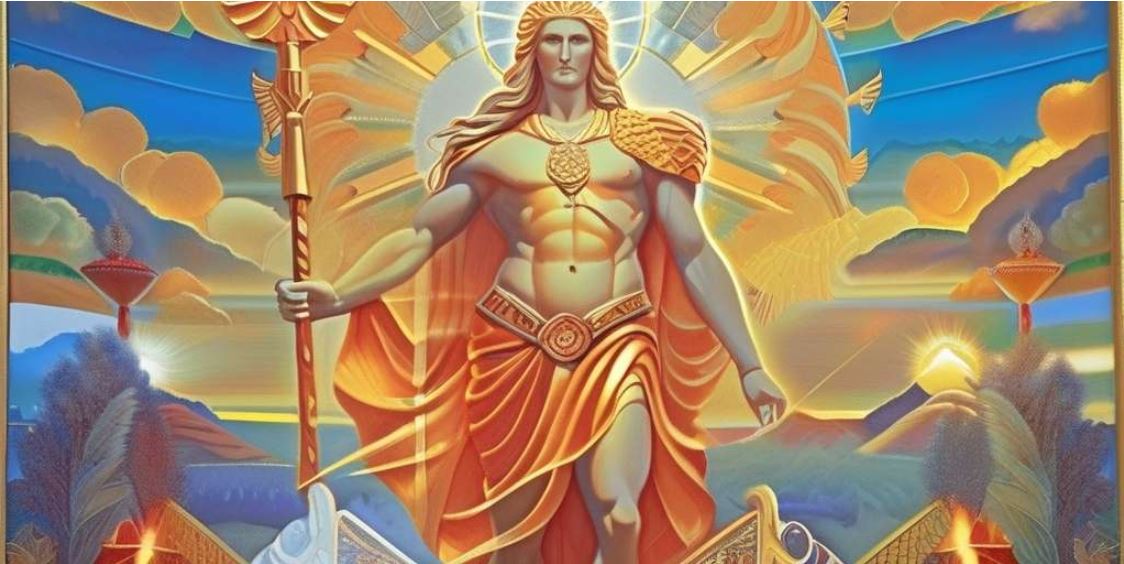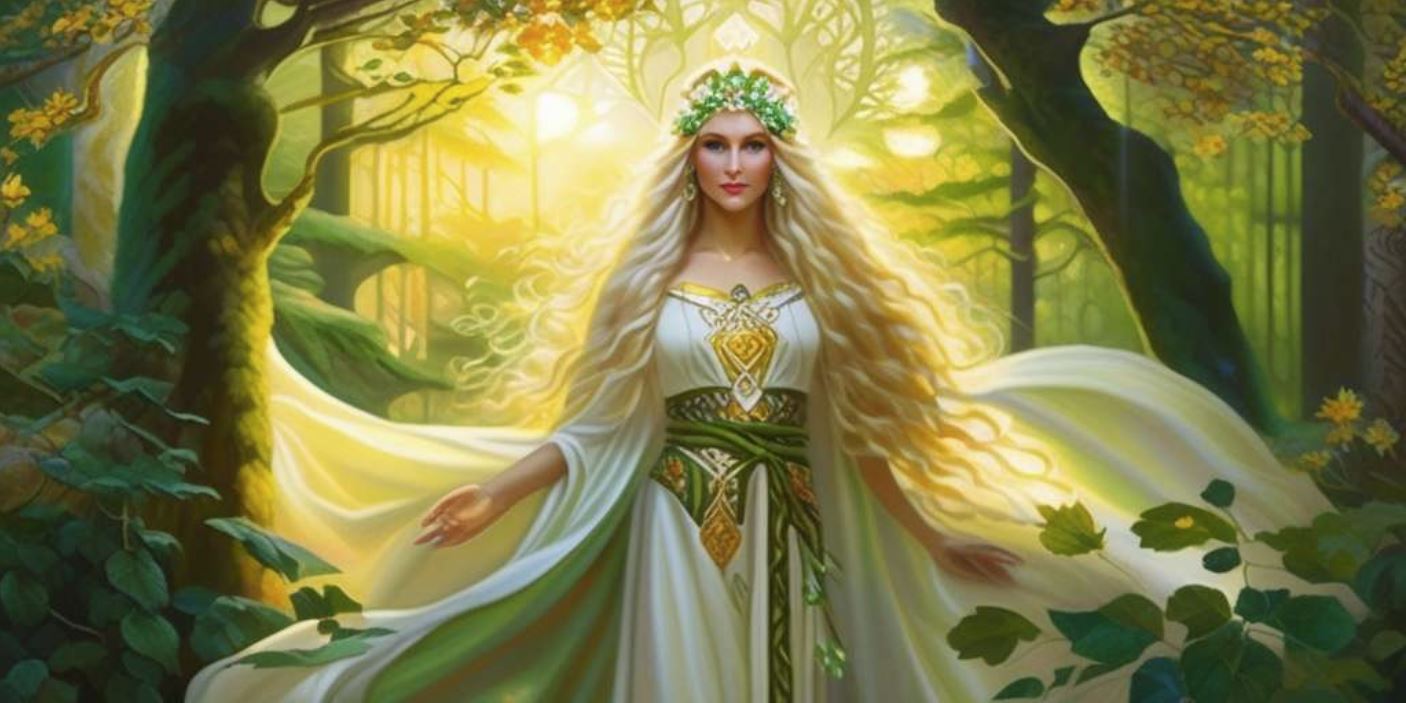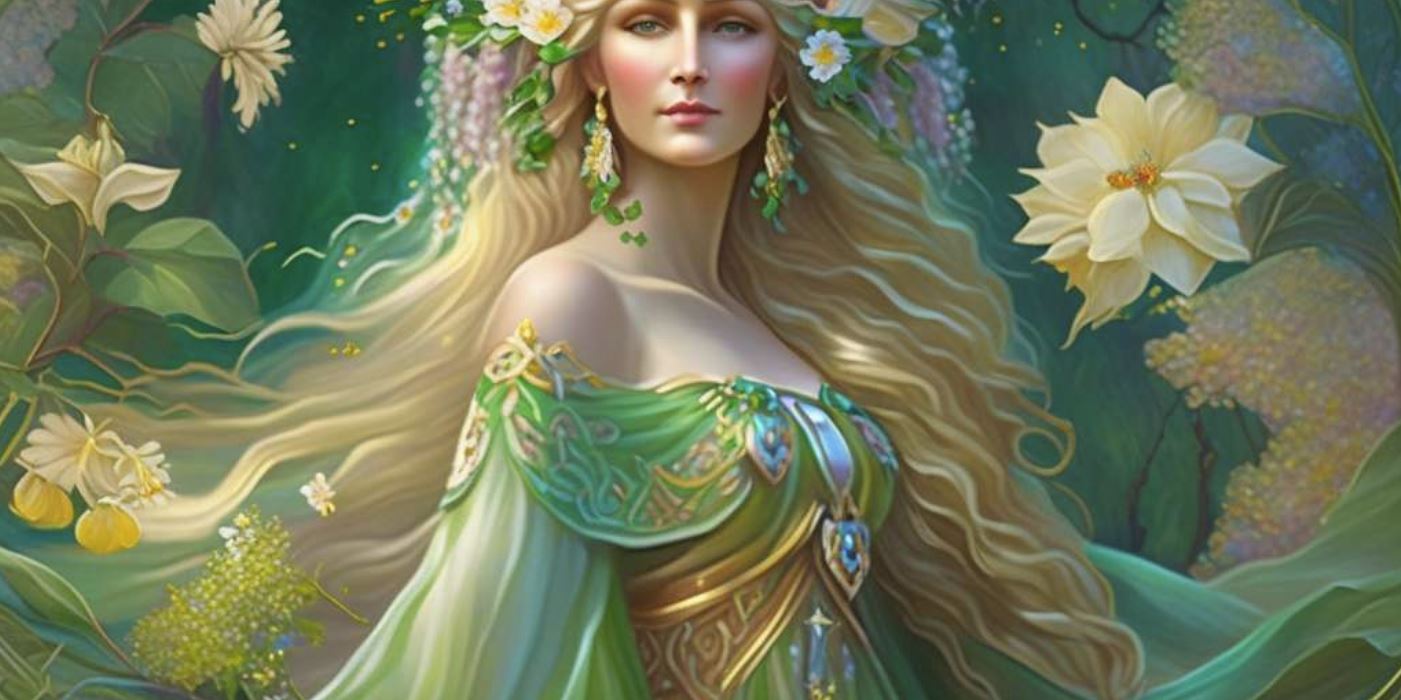Simargl: Un Exploration of the Slavic God’s Origins and Influence

Simargl, the Slavic god, holds a significant place in ancient texts and mythology. Its origins and etymology have sparked debates among scholars, with varied interpretations emerging. As a deity associated with the guardianship of seeds and plants, Simargl played a crucial role in Slavic culture.
However, there were opposing voices from the Christian community, criticizing the belief in Simargl and other Slavic gods. Through linguistic analysis and scholarly discussions, researchers aim to uncover the true nature of Simargl, shedding light on its symbolism and impact on contemporary understanding of Slavic identity.
Who was Simargl: Exploring the Slavic God’s Origins
The deity known as Simargl holds a significant place in Slavic mythology, but its true origins remain a subject of exploration and debate among scholars. In this section, we will delve into the early mentions of Simargl in ancient Slavic texts and the varied interpretations regarding its etymology.
The Mention of Simargl in Ancient Slavic Texts
Ancient Slavic texts, such as the Primary Chronicle, offer glimpses into the existence of Simargl. It is recorded that in 980, Grand Prince Vladimir erected statues to honor the Slavic gods, including Simargl, and sacrifices were made in their name.
These texts provide valuable insights into the worship and significance of Simargl in the Slavic pantheon.
Varied Interpretations of Simargl’s Etymology
One of the fascinating aspects of Simargl is the diverse range of interpretations surrounding its etymology. The prevailing view suggests that Simargl was borrowed from the Iranian Simurgh, a winged creature with a dog-like head.
However, some researchers argue that Simargl may represent two separate deities, Sěm and Rgel. Alternative theories propose connections with biblical figures or other Slavic gods.
Author Potr Preys theorized a correlation between Simargl and Asima and Nergal from the Old Testament, a hypothesis supported by Viljo Mansikka. Alexander Famitsin suggested Simargl could be a corruption of Sim Yaryl, while Vyacheslav Ivanov and Vladimir Toporov proposed an original form of the name as *Sedmor(o)-golvъ, meaning ‘seven heads’.
These interpretations offer intriguing insights into the linguistic and mythological aspects of Simargl’s identity.
Simargl’s connection to the natural world was deeply rooted in the Slavic belief system. Farmers and cultivators sought the blessings of Simargl through various rituals and offerings, hoping to receive his protection and favor throughout the agricultural cycle.
By venerating Simargl, the Slavic community recognized the divine importance of vegetation and acknowledged its critical role in sustaining their livelihoods.
Connections between Simargl and Other Slavic Gods
Besides its role as a guardian of seeds and plants, Simargl also shared connections with other gods in the Slavic pantheon. These connections highlighted the interwoven nature of deities within the mythology.
Some researchers propose a potential link between Simargl and Sěm, a deity associated with the sky and thunder. This connection hints at a sibling-like relationship or a divine duality, possibly representing complementary aspects of the natural world.
Simargl’s presence in the pantheon, intertwined with other gods, highlights the interconnectedness of various aspects of Slavic belief systems.
In exploring Simargl in historical context, it is crucial to examine the opposition it faced from the Christian community and its enduring impact on Slavic culture.
The Christian opposition to Simargl worship highlights the tension between ancient Slavic polytheism and the growing influence of Christianity. This scrutiny sometimes resulted in a suppression of indigenous religious practices and a push towards the acceptance of the new faith.
Despite the Christian opposition, Simargl’s legacy continued to leave a lasting imprint on Slavic culture. As a guardian deity of seeds and plants, Simargl played a vital role in agricultural and fertility rituals.
The imagery associated with Simargl often found its way into ancient Slavic artwork and served as a symbol of cultural identity.
Simargl in historical context exemplifies the complexities of religious assimilation and the intricate interplay between different belief systems in shaping the cultural landscape.
Uncovering the true nature of Simargl, the enigmatic Slavic god, requires a meticulous examination of the various depictions present in ancient texts. Scholars have delved into these sources, analyzing descriptions and symbols attributed to Simargl in order to gain deeper insights into its identity and significance within Slavic mythology.
Examining Different Depictions of Simargl in Texts
Within the texts referencing Simargl, multiple depictions and descriptions of the god are found. These diverse portrayals offer glimpses into the complex nature of Simargl and the roles it played within the Slavic pantheon.
- Simargl as a Protective Deity: Some texts describe Simargl as a guardian of seeds and plants, emphasizing its association with agricultural prosperity and growth.
- Simargl as a Symbolic Creature: Other depictions of Simargl depict it as a creature with unique traits, such as an avian figure or a being with seven heads.
These descriptions contribute to the enigmatic nature of Simargl and its symbolism within Slavic mythological narratives.
Debates among Scholars and Linguistic Analysis
The true nature of Simargl has been a subject of lively debate among scholars. Linguistic analysis plays a crucial role in unraveling the origins and possible meanings behind the Slavic god’s name and attributes.
- Etymological Investigations: Researchers have proposed different origins for the name Simargl, exploring connections to other deities or ancient terms in Slavic and Iranian cultures.
- Interpretations of Linguistic Significance: The linguistic analysis extends to understanding the implications of Simargl’s name and its potential symbolic connotations based on the structure and roots of the word.
By examining these debates and engaging in rigorous linguistic analysis, scholars aim to uncover more profound insights into the true nature and significance of Simargl within Slavic mythology.
The Significance of Simargl in Contemporary Understanding
Simargl, the enigmatic Slavic god, continues to hold profound significance in modern perspectives on Slavic identity. As scholars delve deeper into the rich tapestry of Slavic mythology, Simargl emerges as a symbol representing the cultural heritage, traditions, and beliefs of the Slavic people.
This section explores how Simargl serves as a testament to the enduring spirit and connection to ancestral roots.
Simargl as a Symbol of Slavic Identity
Within the context of contemporary understanding, Simargl assumes a central role as a potent symbol of Slavic identity. Embodying the sacred connection between nature and humanity, Simargl represents the harmonious relationship with the natural world that has been an integral part of Slavic culture for generations.
The recognition of Simargl as a symbol reinforces the shared history, values, and cultural bonds that unite the Slavic community.
The enduring presence of Simargl in Slavic folklore and mythology resonates with individuals seeking to embrace and celebrate their Slavic heritage. By embracing Simargl as a symbol, individuals reclaim their roots and align with the ancestral wisdom and traditions that have shaped their cultural identity.
Simargl, in this regard, embodies the resilience and deep-rooted connection to the land that characterizes the Slavic people.
Discovering Simargl through Historical and Cultural Sources
Exploring Simargl’s significance requires a thorough examination of historical and cultural sources. Historical texts, archaeological discoveries, and oral traditions contribute invaluable insights into the role and perception of Simargl in different periods of Slavic civilization.
By examining these sources, researchers gain a deeper understanding of Simargl’s cultural, religious, and societal implications.
The study of Simargl’s representation in sculptures, illustrations, and ancient artifacts sheds light on the deity’s iconography and potential regional variations. Each unique depiction unravels new layers of meaning and offers glimpses into the diverse interpretations and significance assigned to Simargl throughout history.
Furthermore, comparative analyses with other Slavic gods and mythological figures provide a broader context for understanding Simargl’s place within the pantheon of Slavic deities.
Contemporary scholars continue to uncover and interpret the remnants of Simargl’s influence within Slavic communities. Folklore, folk customs, and rituals associated with Simargl offer valuable insight into the enduring presence of this deity and the continuing relevance of its symbolism.
By immersing themselves in these cultural practices, researchers gain a more comprehensive understanding of Simargl’s importance in shaping the cultural fabric of Slavic societies.
In conclusion, Simargl holds immense significance in contemporary understanding as a symbol of Slavic identity and heritage. Through historical analysis and exploration of cultural sources, Simargl’s influence and symbolism within Slavic communities become increasingly apparent.
By delving into the depths of this enigmatic deity, individuals and scholars alike embrace the rich history, cultural legacy, and spiritual connection that Simargl represents in the modern world…………

